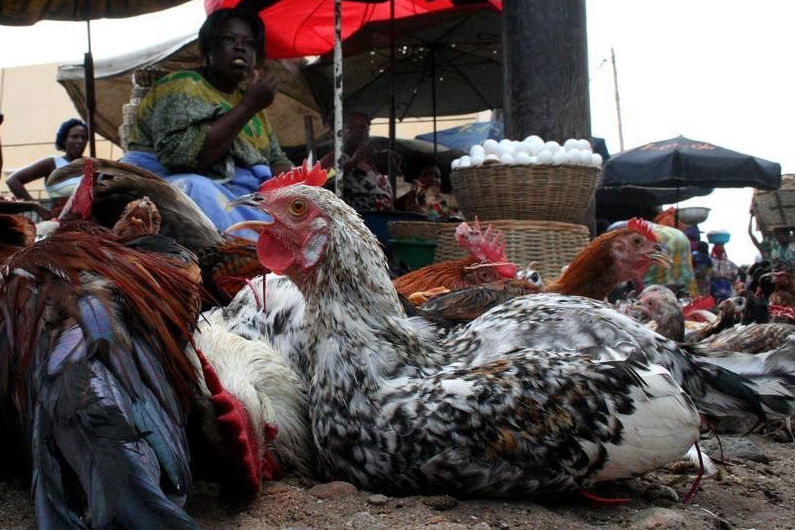The Ministry of Agriculture has announced that strains of bird flu that affects both humans and animals and which causes (a) high number of deaths in both species, are steadily gaining pace from day to day and causing national panic.
As of Jan. 16, several cases of H7N9 bird flu have been reported with fatalities in Kampala and Masaka.
Fishermen on Jan. 2 had reported the “mass death of wild birds” on Lutembe beach along the shores of Lake Victoria, near Entebbe. Tests proved positive.
On Jan. 13 five domestic ducks and a hen in Masaka, were also found to be infected.
Agriculture, Industry and Fisheries Christopher Kibazanga, minister said in a statement that in-country tests had identified “the highly pathogenic avian influenza (HPAI), that affects both humans and animals and which causes (a) high number of deaths in both species.”
“Local wildlife authorities on January 2 had reported the “mass death of wild birds, seen by fishermen at Lutembe beach,” said Minister Kibazanga.
Deliberate downplay
Many people have speculated about the official number of H7N9 cases reported by Minister Kibazanga on Sunday.
According to the female doctor in Masaka who spoke to TheUgandan on condition of anonymity, government official data are used for maintaining social stability and to prevent panic among the public. Therefore, authorities will often withhold the true number of dead birds or worse infected people from the public.
“The government has instructed ministry officials to ‘report what you ought, and do not report what you ought not,’ for this is a big thing, creating an international impact,” the doctor added.
A former sub-editor at one of Uganda’s leading dailies now working with an international mission also showed skepticism about the official media reports of the epidemic situation pushed out on Sunday.
“Sporadic cases are currently being reported by different villages along Lake Victoria in Masaka without the total number of cases published by the state. This is a measure commonly employed by the the NRM government. See how they insisted on giving the wrong numbers of people who perished in the Kasese clashes.
“If they report the true scale of the epidemic, they fear this will cause widespread public alarm.
Uganda has one of the least developed and understaffed medically sector in the world.
World on alert
Europe is battling the spread of H5N1, culling millions of birds on farms and moving them indoors to avoid contagion from infected wildlife.
The strain can be transmitted to humans, and is held responsible for the deaths of several hundred people since 2003.
China has reported human infections of the H7N9 strain of the virus, resulting in fatalities.
In 2016, 51 countries declared the outbreak of one of the virulent H5 and H7 strains of bird flu, according to the World Organisation for Animal Health (OIE). These include H5N1, H5N2, H5N5, H5N6, H5N9, H7N1, H7N3, H7N7 et H7N8.











